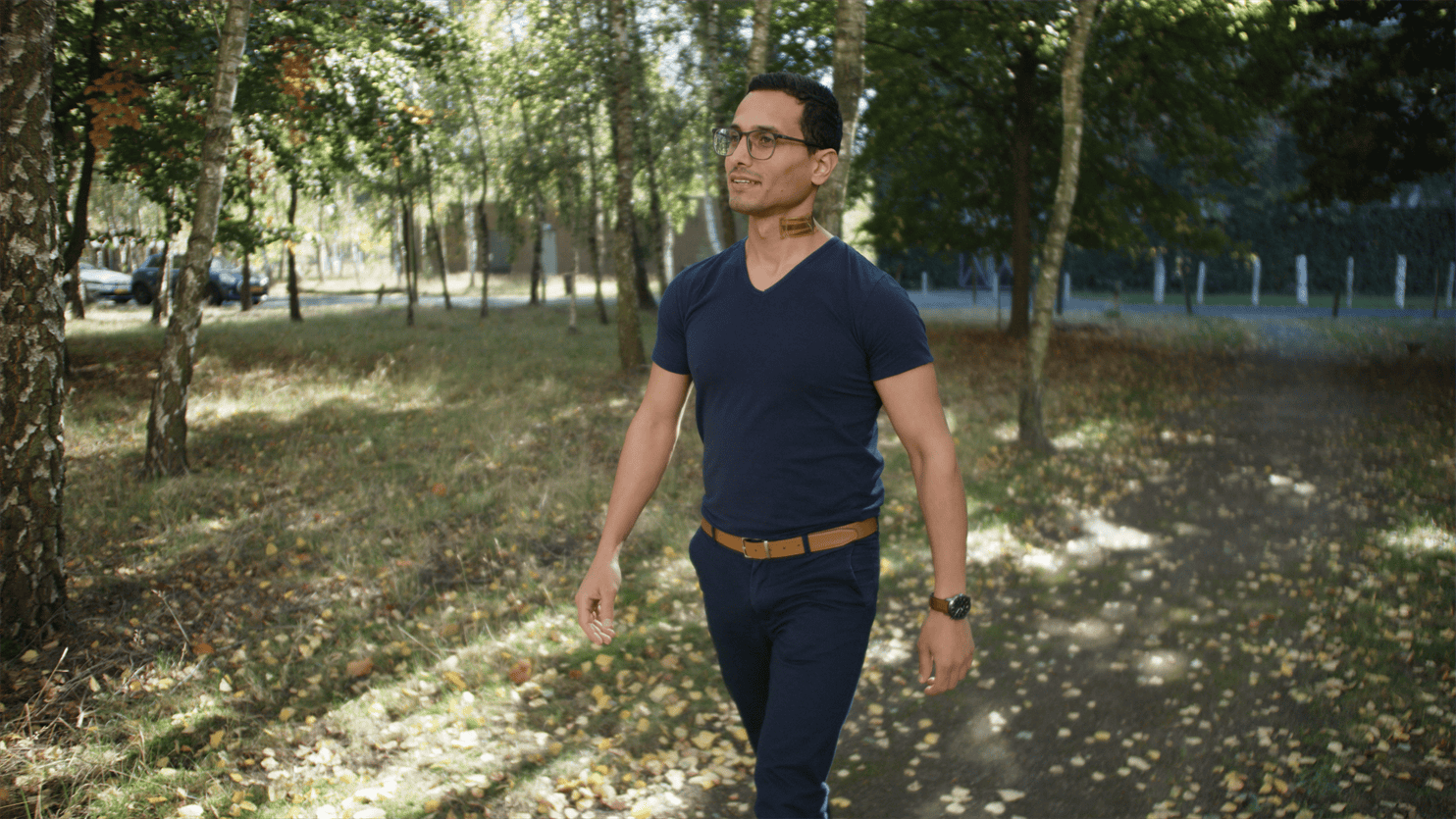
Making an echogram, for example to properly visualize the condition of an organ such as the heart or circulation, is usually done by an expert sonographer in a hospital or diagnostic center. TNO has developed a technology in which a flexible patch on the skin uses ultrasound to take images over a longer period of time of the organ to be examined. This eliminates the need to go to the hospital for many examinations because the patient can be monitored at home.
By using sound waves, the system creates images of an organ over a longer period of time. This eliminates the need to go to the hospital for much research because the patient can be followed at home. Nature Communications published about it this week.
The patch (called PillarWaveTM) works by printing on very thin plastic film-specific structures that create an echo. Emitting and receiving sound waves creates an image of what is inside a body. Because it is possible to print many of these structures over a large area, a very sharp image of the organ to be examined can be obtained.
Better and cheaper care
Many benefits can be imagined. Whereas measuring blood pressure or heart rate is often a snapshot in time, wearing a patch provides a picture over a more extended period of time. That results in a much better diagnosis and may even prevent unnecessary surgery. Many tests, such as ultrasound monitoring of critical pregnancies, can be done at the doctor’s office or at home instead of the hospital. This makes care not only more pleasant but also better and cheaper.
Commercialization
The technology has been patented, and medical equipment manufacturers have been discussing its applications. Current ultrasound equipment is rigid and difficult to incorporate into patches. In addition, the sensors are small and difficult to scale to large areas. With this technology, plasters or other ultrasound sensors can be made that are ultra-thin and flexible. This makes them much cheaper and producible in large numbers. TNO is expected to launch the spin-off PillarWave before the end of the year, which will take this technology further to market.

